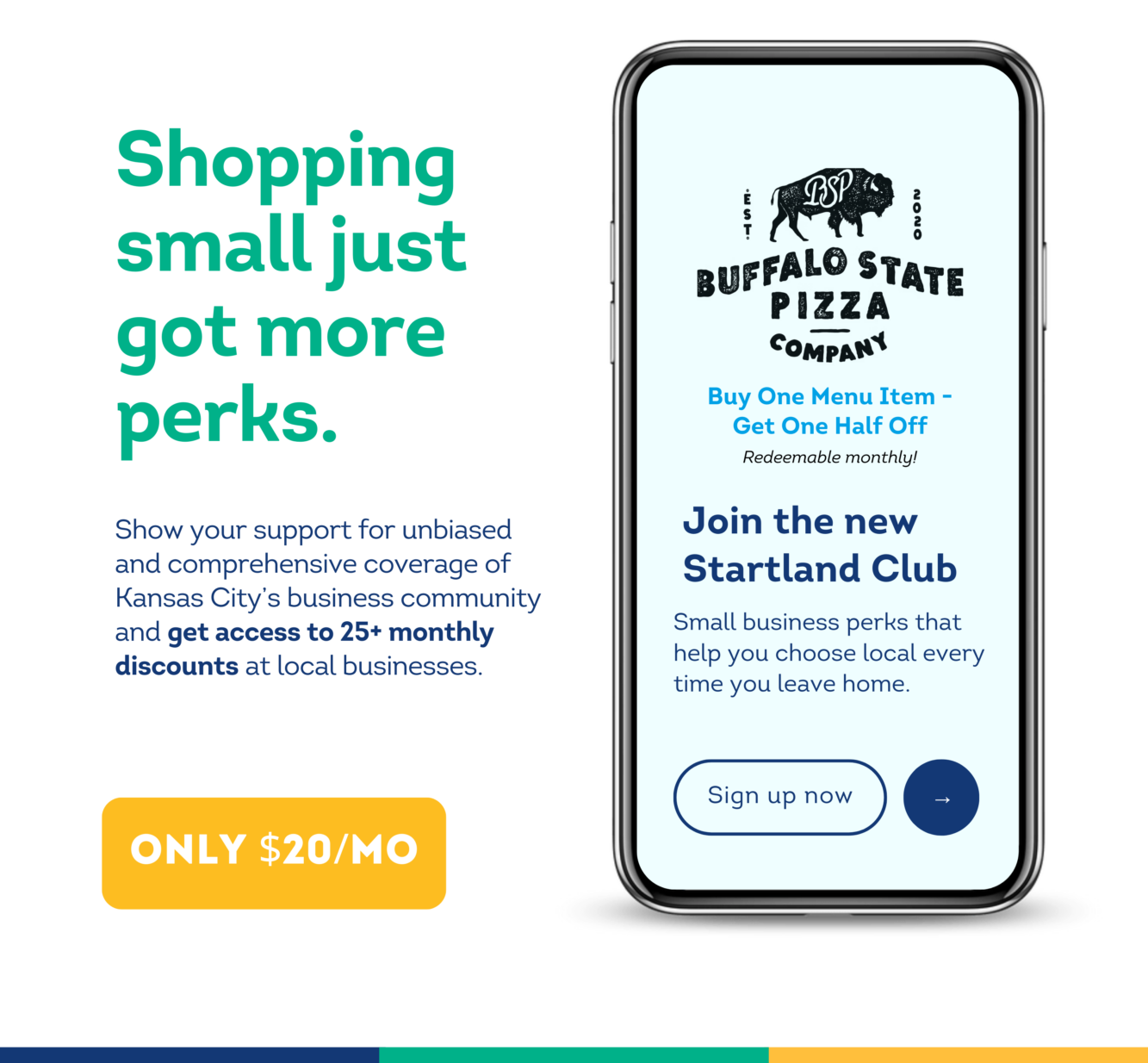Editor’s note: The opinions expressed in this commentary — the fourth in a four-part series — are the author’s alone. Chris Brown is the founder of Venture Legal where he represents startups, freelancers, and small businesses. This column is intended to be general in detail and does not constitute legal advice.
When someone secures patent rights, they obtain the right to prevent other people from making, using, selling (or offering to sell), the invention which is protected by the patent. Let’s dive deeper to help entrepreneurs better understand how to protect their own intellectual property, and also how to avoid infringing the rights of others.
The term “invention” includes many different things, such as industrial/technical processes, manufactured items, machines, and compositions of matter. Protection also extends to new and useful improvements of those inventions, and also the processes for making those inventions.
Similar to copyrights, it is important to note that patents do not protect ideas, but rather, specific claims with respect to inventions.
To obtain a patent, your invention must (a) fall within the subject matter of U.S. patent laws, (b) serve some useful purpose, (c) be new, and (d) be non-obvious.
What kinds of patents are available?
There are three main types of patents:
- Utility patents for machines, processes, and systems;
- Design patents for ornamental designs; and
- Plant patents for, well, plants.
How do you secure a patent?
Assuming you meet the requirements for a patent above, you can obtain patent rights by filing an application with the U.S. Patent and Trademark Office. The process includes performing a patent search to find prior patents and also any relevant inventions that have been previously disclosed publicly.
Filing a patent application is a complicated process and you should work with an attorney to ensure you correctly file your application. Moreover, there are strict deadlines you must follow to secure patent rights. For that reason, it is best to speak with a patent attorney as soon as possible after you create your invention.
Who owns the patent?
Generally speaking, the owner of the patent will be the inventor(s) of the invention. However, ownership can be assigned in writing (and in most employer and contractor relationships, will be assigned in some kind of employment agreement or independent contractor agreement).
How long do patent rights last?
The duration of patent rights can vary, but in general the term will be 14 to 20 years. The exact length of protection depends on the type of patent you obtain, and also on whether you file maintenance documents and fees which are due during the life of your patent.
What constitutes patent infringement?
Patent infringement occurs when someone exercises one of the rights outlined above (for example, making or selling a patented invention without permission). If you are the patent owner, then it is important that you monitor what other companies might be doing with your patented inventions and send them cease and desist letters if they infringe your rights. And on the other side, it is important to ensure you are not infringing the patent rights of other parties because litigation and resulting damages can be very severe.
Chris Brown is the founder of Venture Legal where he represents startups, freelancers, and small businesses. He also co-founded Contract Canvas, a digital contract platform for freelancers. www.venturelegalkc.com // @CSBCounsel





































